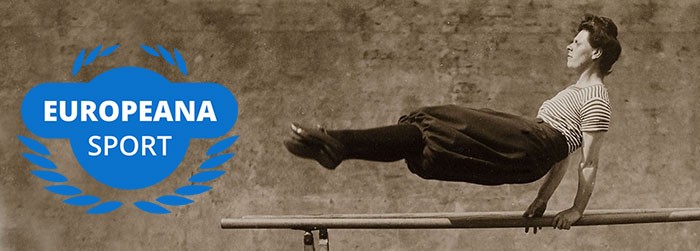Sport story of a shoe factory in Martfű
The tiny village of Martfű has made a big name for itself as the capital of Hungarian shoes.
Czech-born Jan Antonin Baťa (who also gave his name to the shoe brand Bata) saw the potential in this little place along the river Tisza and bought a site for his factory in 1939. He started producing shoes three years later under the name 'Cikta Inc'.
Production started during World War II and did not stop, despite the shoe industry struggling with shortages that saw rubber soles replaced by wood for a while.
In 1949, the factory was nationalised and took on a new name - 'Tisza Shoe Factory National Company'. In the 1950s and 1960s, it only sold to customers in Hungary but later exported to the CMEA market (the Council for Mutual Economic Assistance - an economic organisation comprising Eastern Bloc countries and some other socialist states).
Martfű and its shoe factory became iconic. So much so that Valentina Tereshkova, the first female astronaut, visited the plant in 1965. The photograph below shows Tereshkova with the factory director István Grosz. The labourers of the shoe factory chose her as a role model and formed a brigade on 16 April 1965.
Introducing the iconic Tisza shoe
In the 1970s, Tisza developed a sports shoe - the Tisza shoe - which became a huge success among young people. In 1971, the 'T' logo was born and the cult of the brand began. Tisza shoes were nicknamed the 'Adidas of the steppe', an appropriate name as Adidas were also made in the factory from the 1970s.
Tisza was the dominant player in the Hungarian domestic market for a long time - the first Adidas store only opening in Budapest in 1987. And while the popularity of Adidas was based on its western origin (and the difficulty in getting hold of a pair), Tisza shoes were popular mass products.
The factory continued making sport shoes until the 1990s. Then, they switched to manufacturing everyday shoes (known as street shoes), but the sporty Tisza shoe began being made again in 2003, taking advantage of both retro nostalgia and its own unique style.
Out of the factory and onto the sports field
In 1942, a sports association called Cikta Levente SE was opened in Martfű.
It struggled to operate due to the hardships of World War II, but its teams achieved good results in football and handball. In 1945, it was re-established as the Workers' Sports Association and encouraged employees to participate in mass sporting activities and competitions.
Hundreds took part in the Kilián physical education movement - this was a sports policy movement in schools, factories, offices. The point was to get as many people to play sports as possible, but here the goal was not to promote professional sports, but mass sports. In 1966 alone, 2,200 people took part in various sporting events.
The photograph above shows a race with the slogan Fut a Tisza cipő - Tisza shoes are running.
This sports movement was modelled on Soviet sports, with an emphasis on large numbers taking part and campaigns to encourage participation. Looking through the sports results of contemporary newspapers reveals how many people performed outstandingly under the name of the Tisza Shoe Factory.
From the 1960s to the present day, there have been a number of achievements that both athletes and city residents can be proud of.
The Workers' Sports Association of the Tisza Shoe Factory, which dates back decades, was undoubtedly one of the most successful clubs in Hungary, promoting both mass sports and the proper integration of sport into the working world.
Translated from Hungarian by Zita Aknai | Forum Hungaricum Non-profit Ltd.
Share your sport story
Can you help us to tell the story of sport in Europe in the past and the present?
We invite you to tell us about your sport experiences through objects like photographs, memorabilia, equipment or prizes.

